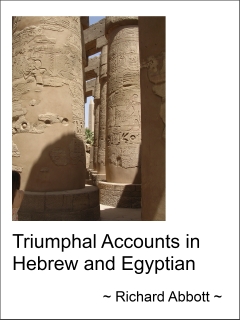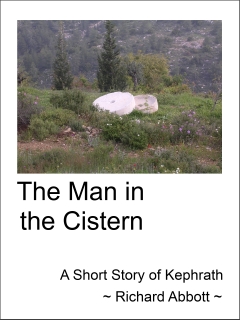Another book review for this week. Fargoer: End of Innocence by Petteri Hannila is the first part in a series of short stories. I quite like the way that Petteri is using this format for his story-telling, though it does mean that you quite rapidly get to the end of any given one in the series, and so (in my case, at least) then have to wait until you have a decent wifi connection to get the next one. Presumably those folk who got the 3G version of the kindle are spared this problem!
Anyway, Petteri has set his stories in a remote and magical part of his native Finland, and I am thoroughly enjoying the series. Since doing the review on Amazon and Goodreads I have in fact read the second in the series, so presumably I shall be playing catch-up for a while – so far there are four in the series.
The review itself can be found at Amazon.co.uk or Goodreads so I won’t repeat it here. Suffice it to say that Petteri writes persuasively about a culture that I knew very little about, and the second story starts to satisfy the hope I expressed in that review that we would learn more about the culture as a whole. I am a great enthusiast of including poetry inset into prose – this was a key theme in In a Milk and Honeyed Land – and Petteri introduces us to the myths and archetypes of these people via song. Great stuff, and I am looking forward to enjoying the rest of the series.
My own news: as well as the book bio I talked about last week at http://indaindex.com/book-bio-in-a-milk-and-honeyed-land-by-richard-abbott/ I have also had a book “spotlight” of which more in a few days time. Meanwhile the link is at http://indieauthoranonymous.com/2012/10/30/spotlight-book-in-a-milk-and-honeyed-land-by-richard-abbott/. I also got some very encouraging comments from a reader here in London, who I hope will put electronic pen to digital paper and put their comments into a review!
Finally, don’t forget the book signing event for In a Milk and Honeyed Land coming up in just two weeks now – Saturday November 17th at Cornerstone Books, from 10:30 or so until 3:30 or so. Cornerstone’s contact details are: Cornerstone Books, 45-51 Woodhouse Road, London N12 9ET, 020 8446 3056, http://www.cornerstone.co.uk/pages/1648.htm


